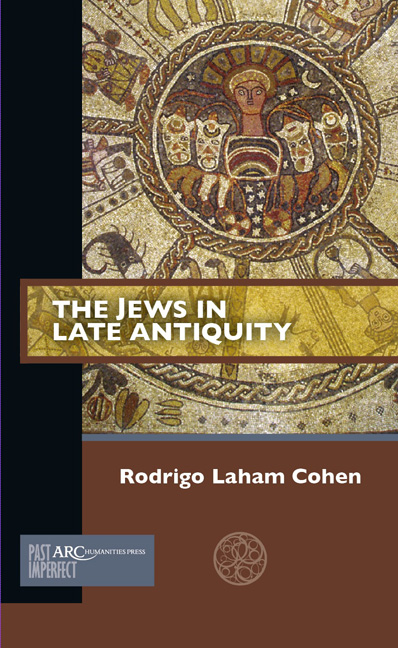Summary
Surely it is time to break with the lachrymose theory of preRevolutionary woe, and to adopt a view more in accord with historic truth (Baron 1928, 526).
More than eighty years have passed since Salo Baron's “Ghetto and Emancipation”, whose words had such a major impact on Jewish historiography. Gradually, Jewish and nonJewish scholars began to highlight not only a history of segregation, persecution, and massacres, but also interaction and coexistence. However, some researchers inverted the terms and built a rosy picture of Jewish life during late antiquity and the early Middle Ages. Thus, Jewish communities from Italy, Gaul, the Balkans, North Africa, Palestine, Babylonia, and even Spain were seen as untroubled groups in the period. Seizures of synagogues, expulsions, and forced conversions were analyzed as exceptions. It was suggested that only after the First Crusade in 1096 CE did the situation of Jewish people change in Europe. In the same vein, it was affirmed that Jewish settlements in the Land of Israel and Babylonia suffered no major religious problems.
However, each Jewish community must be analyzed in its specific context. This may seem like an obvious statement to make, but it is important to keep that in mind. There are several Jewish histories in late antiquity, not just one. Even if we accepted that there was a common Judaism, we have to consider that the Jews of Visigothic Toledo, Papal Rome, and Babylonian Pumbedita were surrounded by different societies and realities. We can discuss the level of isolation each Jewish group experienced, but to sustain the idea of a complete separation is to ignore the sources.
In this sense we present the history of the Jews in late antiquity by focussing on regions. We do not neglect the possibility of making generalizations. In fact, common patterns will be identified. But it is very important to be clear about regional and temporal differences between each distinct case study.
When Baron wrote the article quoted above, late antiquity had not yet been recognized as a specific historical period. As every historiographical (and artificial) construct, it is not easy to explain in few words the key features of the period.
- Type
- Chapter
- Information
- The Jews in Late Antiquity , pp. 1 - 3Publisher: Amsterdam University PressPrint publication year: 2018



